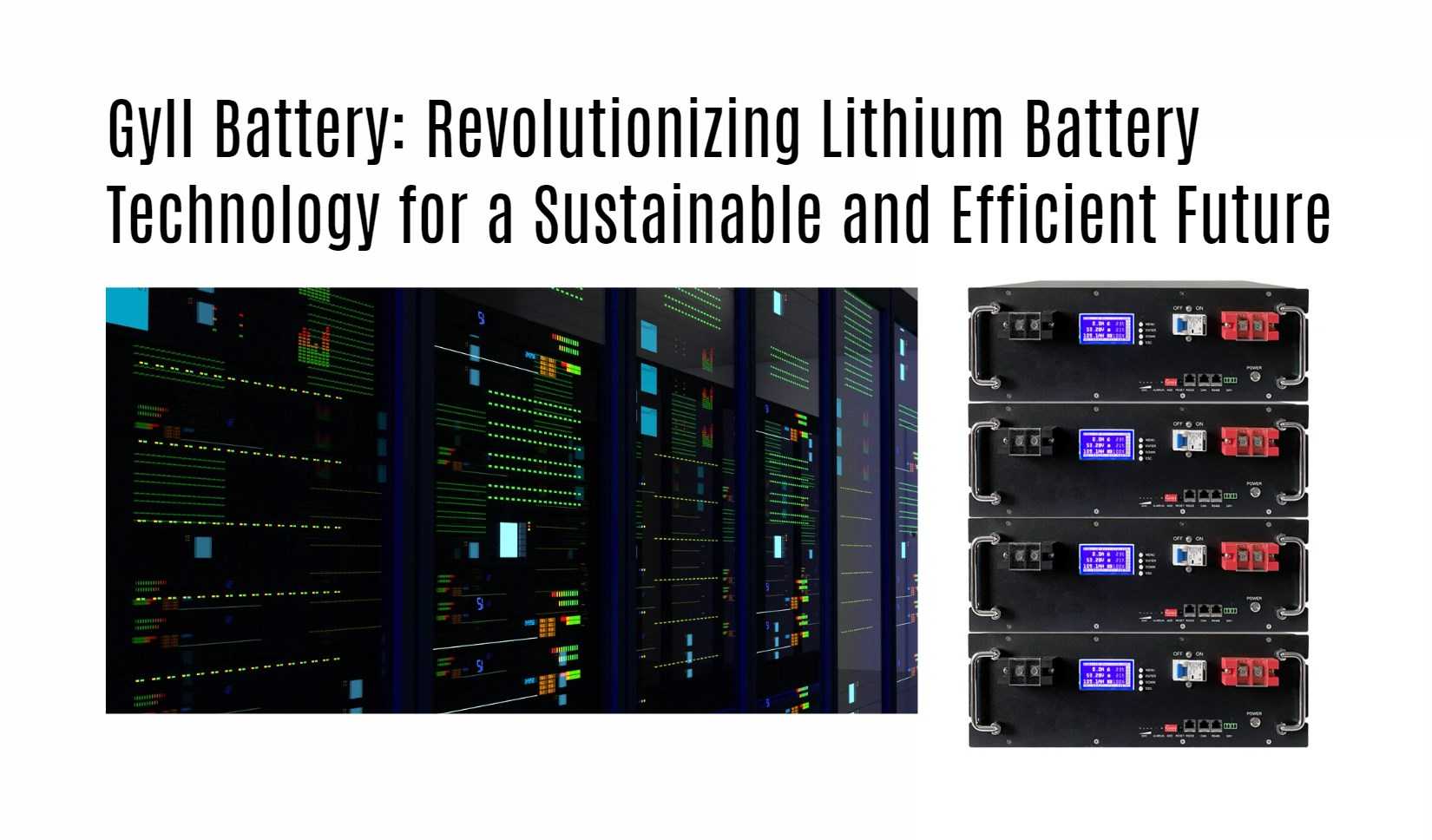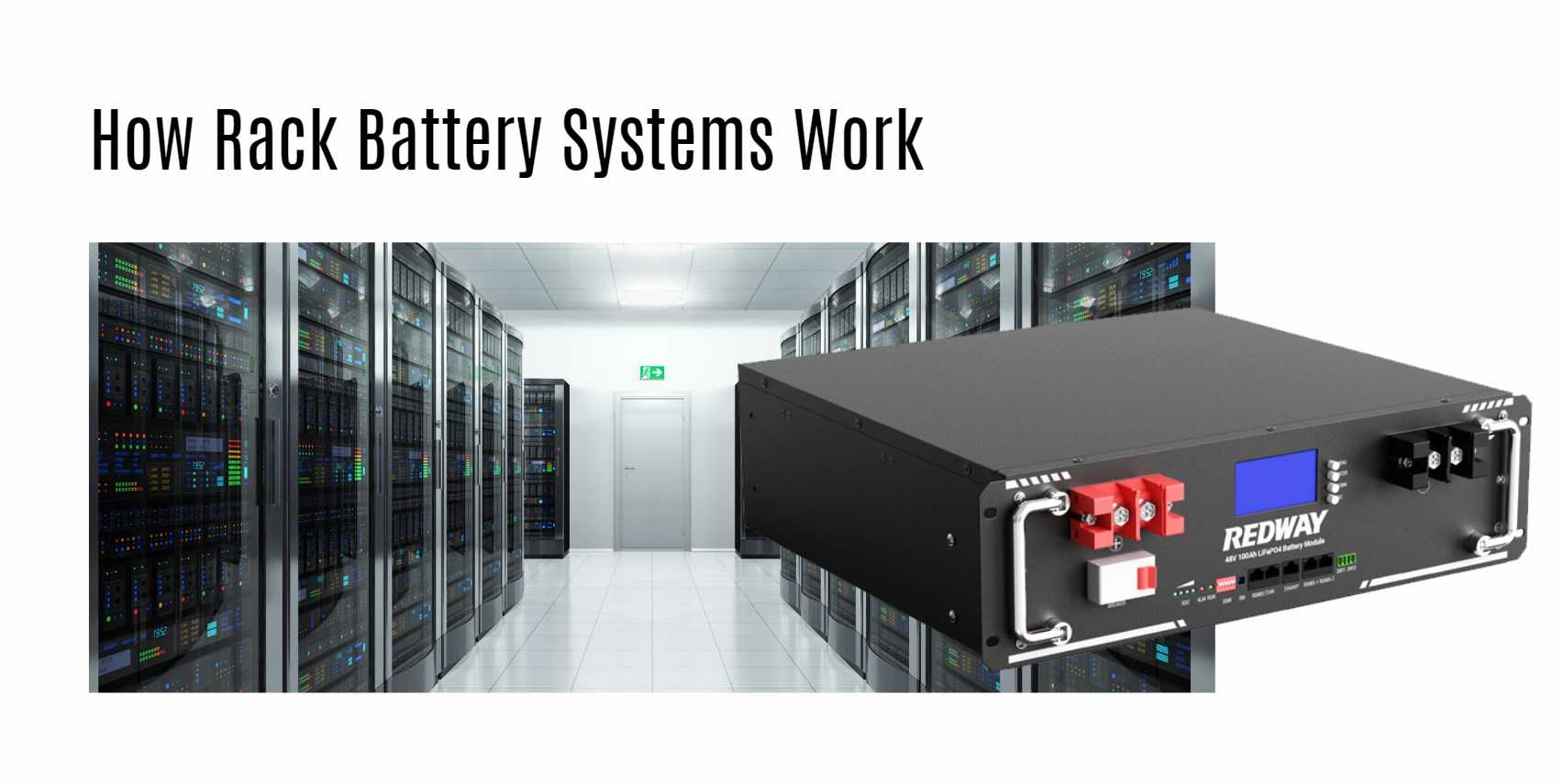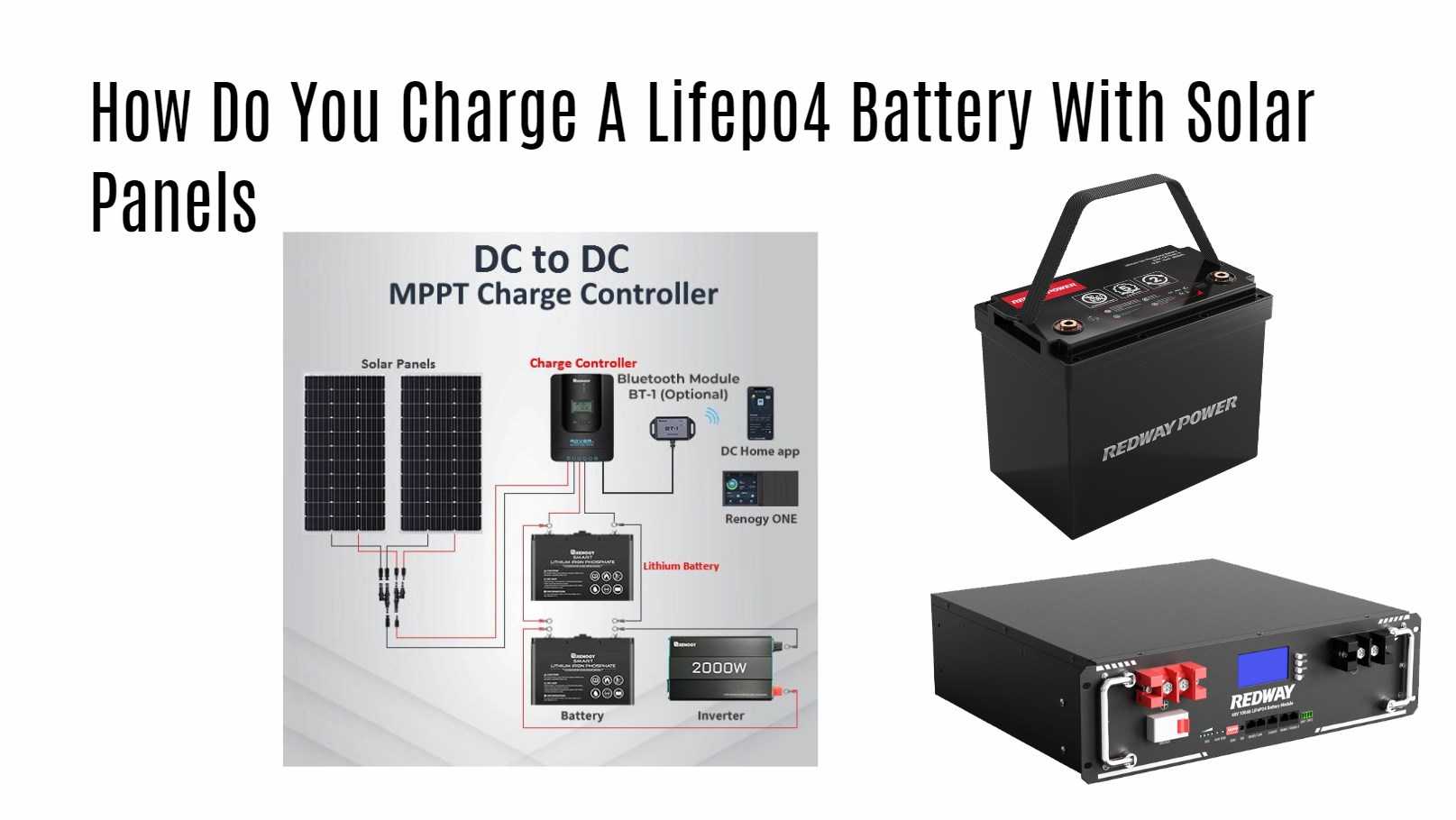Gyll Battery: Revolutionizing Lithium Battery Technology for a Sustainable and Efficient Future
Tired of constantly changing your phone or laptop battery? Meet Gyll Battery – a longer-lasting, eco-friendly lithium battery. Discover what sets it apart, how it works, and why it’s the future of battery tech. Say goodbye to frustrating battery issues and embrace a brighter, sustainable future with Gyll Battery.
What is Gyll Battery?
Introducing Gyll Battery – a groundbreaking innovation in lithium battery technology.
- Extended Lifespan: Gyll Battery boasts a longer lifespan, reducing the frequency of replacements and saving both time and money.
- Higher Energy Density: With a superior energy density, Gyll Battery can store more power in a smaller space compared to traditional lithium batteries.
- Eco-Friendly: Unlike conventional lithium batteries, Gyll Batteries are made from non-toxic materials and are 100% recyclable, minimizing environmental impact.
- Fast Charging and Enhanced Safety: Gyll Battery’s advanced technology allows for faster charging times and improved safety measures, reducing the risk of overheating or explosions during charging.
In summary, Gyll Battery offers a compelling package of benefits, including longevity, efficiency, sustainability, and safety, propelling us towards a better future through cutting-edge technology.
How Gyll Battery works?
Introducing Gyll Battery – a cutting-edge advancement in lithium battery tech.
- Nanotechnology Design: Unlike traditional batteries, Gyll Battery employs a nanotechnology-based design with a novel nanostructured silicon electrode at its core, enhancing overall performance and efficiency.
- Overcoming Challenges: Gyll Battery’s advanced construction tackles key issues of traditional lithium-ion batteries, overcoming challenges like overheating and instability.
- Nanostructured Benefits: The use of nanostructured materials brings multiple advantages, including higher capacity, faster charging times, extended cycle life, improved safety, and a lower cost per kWh.
- Customizable Design: Gyll Batteries can be tailored to specific applications by adjusting factors such as porosity or surface area, allowing for enhanced power density or energy density based on different use cases.
In summary, Gyll Battery’s groundbreaking technology revolutionizes our perception of power storage solutions, offering superior performance capabilities compared to traditional designs.
The benefits of Gyll Battery
Introducing Gyll Battery – a revolutionary technology reshaping battery usage.
- Extended Lifespan: Gyll Battery outshines traditional lithium-ion batteries, retaining up to 85% of its capacity after 1,000 cycles, offering a significantly longer lifespan.
- Higher Energy Density: With Gyll Battery, higher energy density allows for storing more power in a smaller space, making it ideal for applications with limited space, such as electric vehicles and smartphones.
- Fast Charging: Gyll Batteries charge swiftly, providing a quick turnaround for devices without the need for lengthy waiting times.
- Eco-Friendly: Made from environmentally friendly materials and free from toxic chemicals or heavy metals, Gyll Battery stands out as an eco-friendly choice in comparison to traditional battery technologies.
In conclusion, Gyll Battery’s numerous benefits position it as an exciting prospect for advancing battery technology across diverse industries, including automotive electronics and renewable energy storage systems.
Why Gyll Battery is the future of lithium battery technology?
Introducing Gyll Battery – the future of lithium battery technology with unparalleled benefits.
- Higher Energy Density: Gyll Battery surpasses conventional lithium-ion batteries, storing more power in the same space, ensuring longer-lasting battery life for electronic devices and reducing the need for frequent charging.
- Silicon Anodes for Reliability: Unlike traditional lithium-ion cells with graphite anodes, Gyll Battery employs silicon anodes, offering larger storage capacity and enhanced durability against repeated use for more reliable performance over time.
- Rapid Charging: Gyll Battery excels in fast-charging capabilities, reaching up to 80% charge in just fifteen minutes, catering to fast-paced lifestyles where waiting hours for device or electric vehicle charging is impractical.
- Environmentally Friendly: Gyll Battery’s manufacturing process is eco-friendly, requiring fewer resources and generating fewer harmful byproducts compared to other batteries, making it a promising technology for renewable energy and sustainability.
In conclusion, Gyll Battery stands out as an innovative and promising solution, addressing key challenges and setting new standards in the realm of lithium battery technology.
How to use Gyll Battery?
Using Gyll Battery is a breeze, requiring no special skills or knowledge.
- Out-of-the-Box Setup: Gyll Battery comes with all necessary components, including connectors and cables, making setup hassle-free.
- Ensure Correct Voltage: Choose the right Gyll Battery size by matching the voltage rating with your device. Connect positive and negative terminals to respective ports.
- Optimal Charging: Before extended use, follow the manufacturer’s instructions to fully charge Gyll Battery, ensuring prolonged lifespan and optimal performance.
- Proper Storage: Keep Gyll Battery in a cool, dry place when not in use. Avoid extreme temperatures or moisture to prevent damage to internal components.
Using Gyll Battery is a straightforward process, ensuring uninterrupted power supply and significantly extending battery life with minimal effort.





















